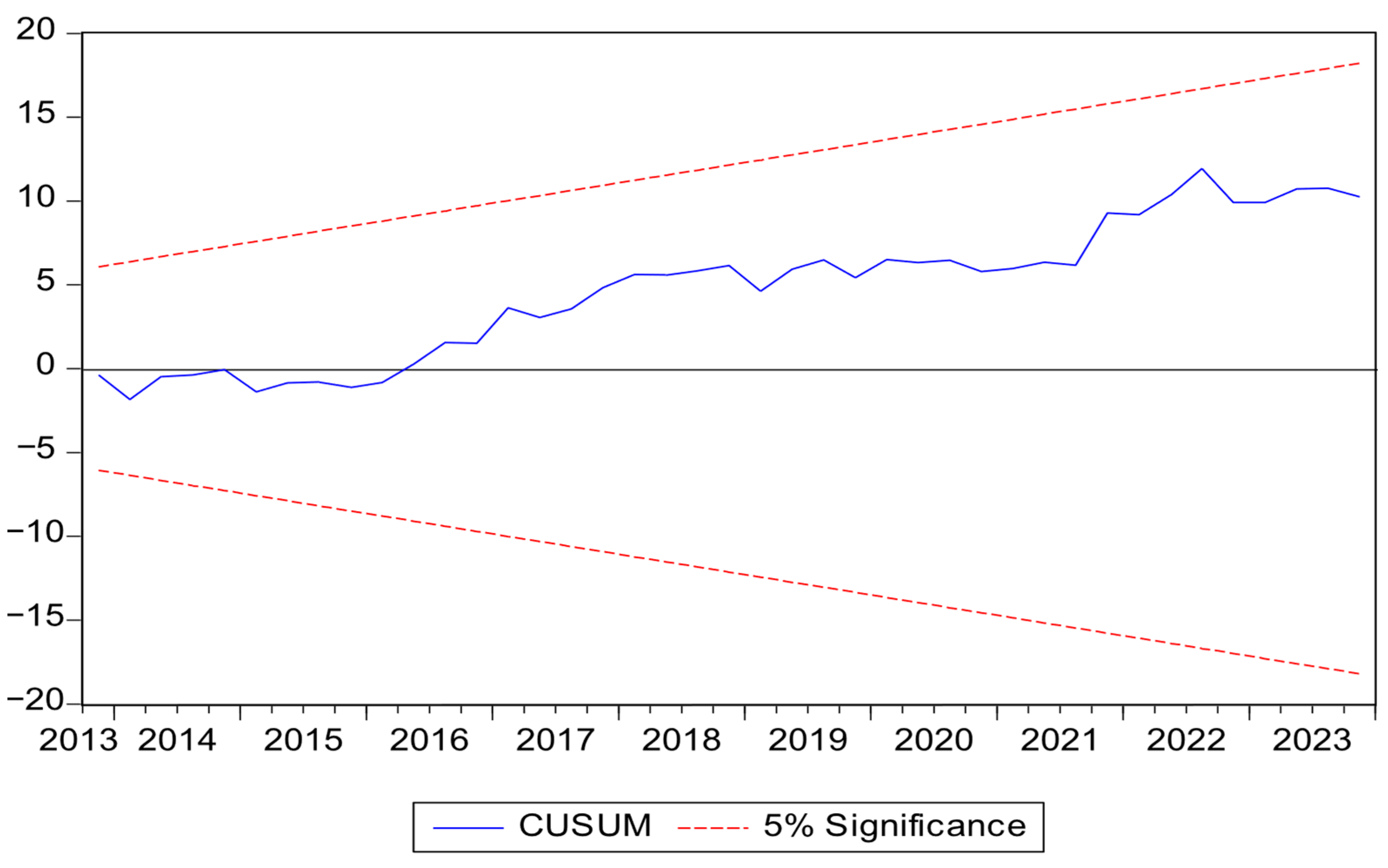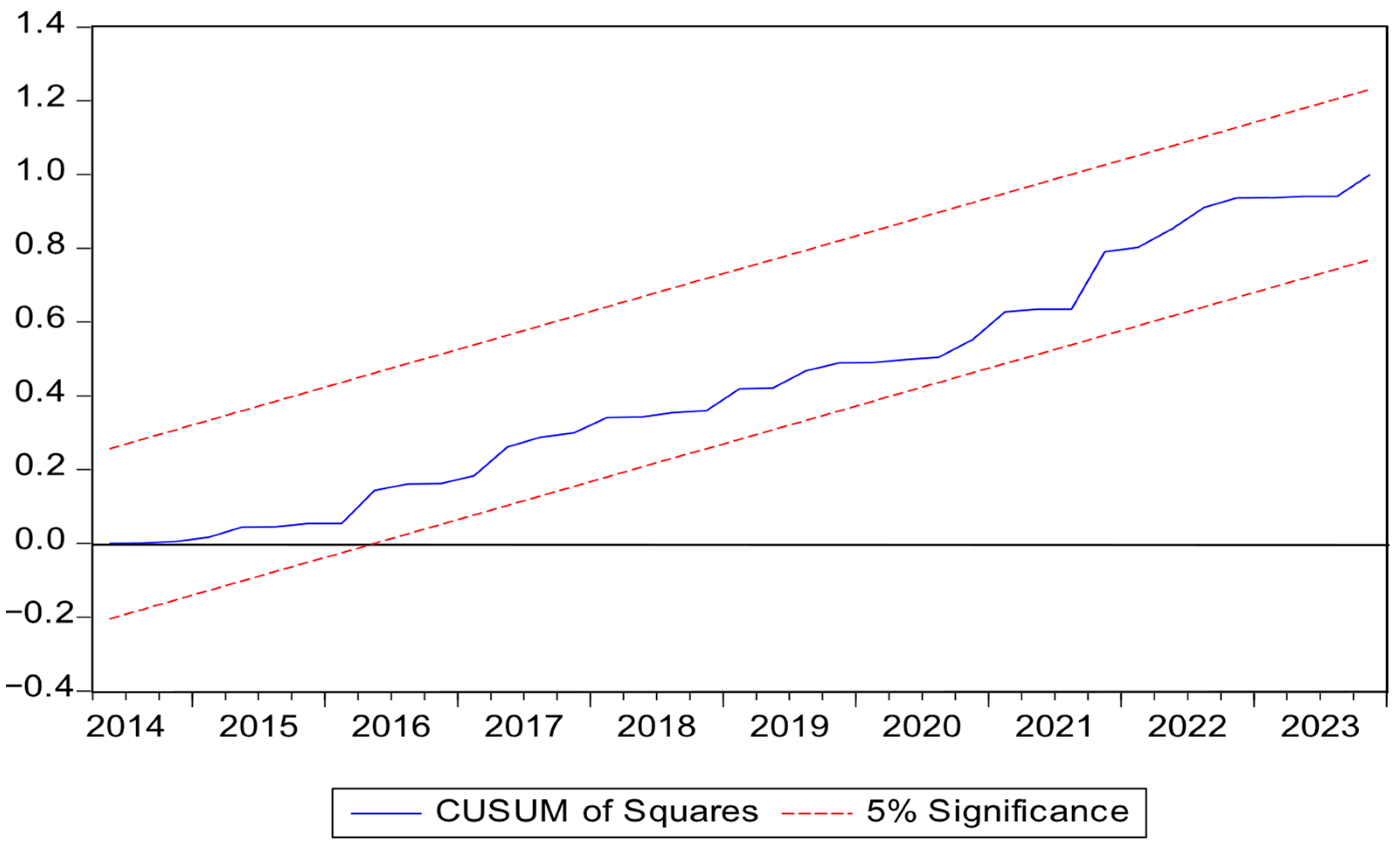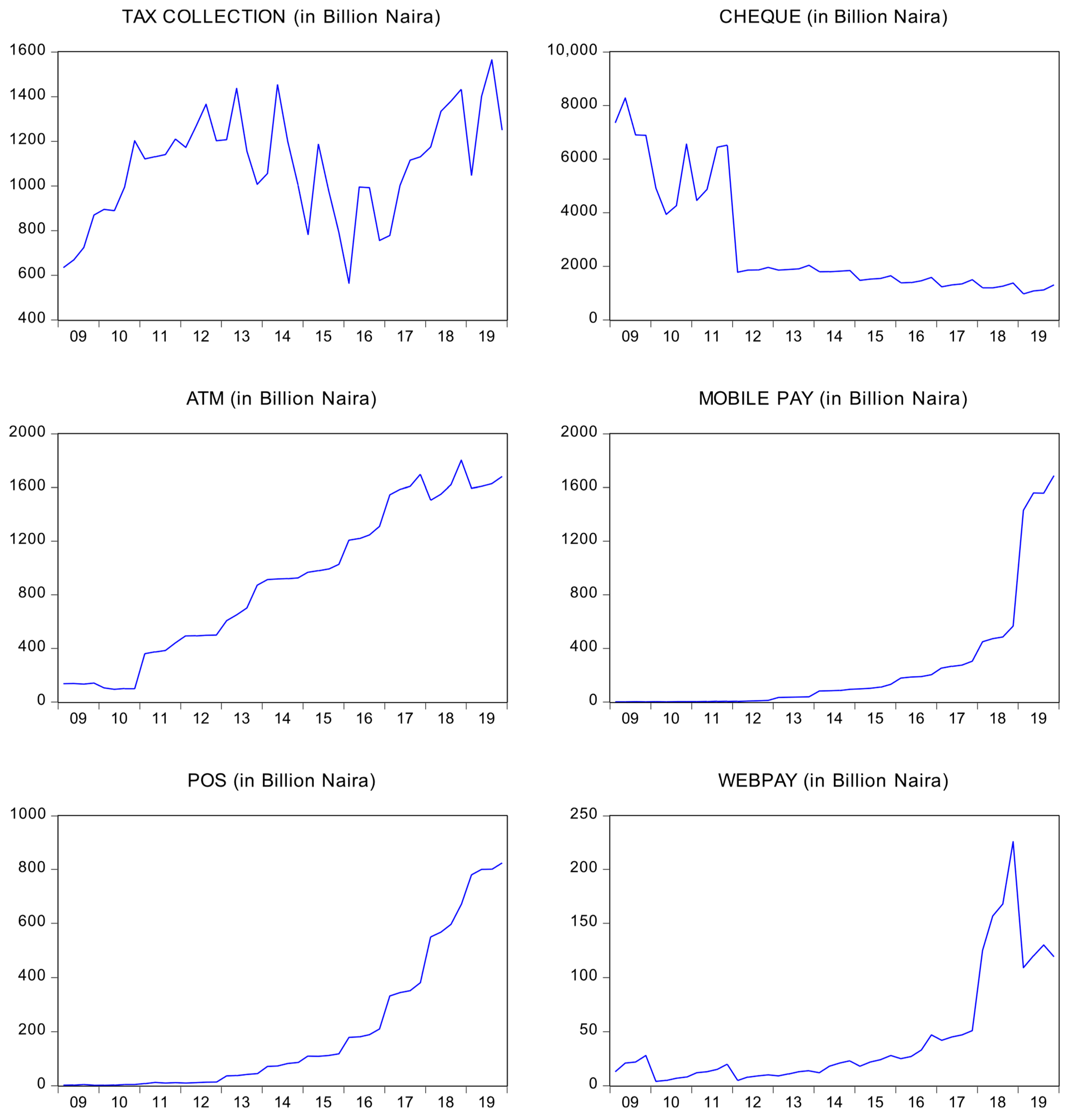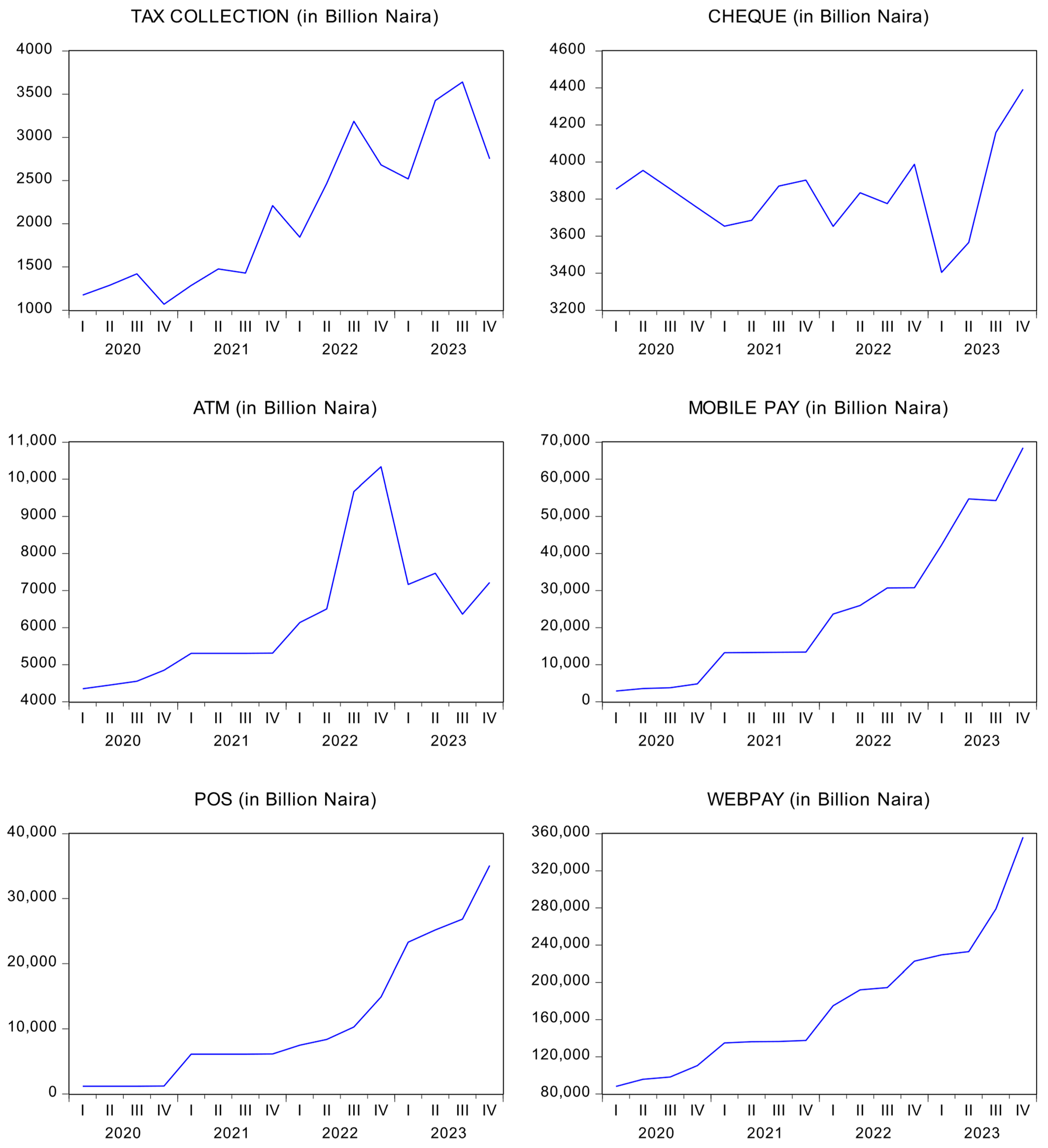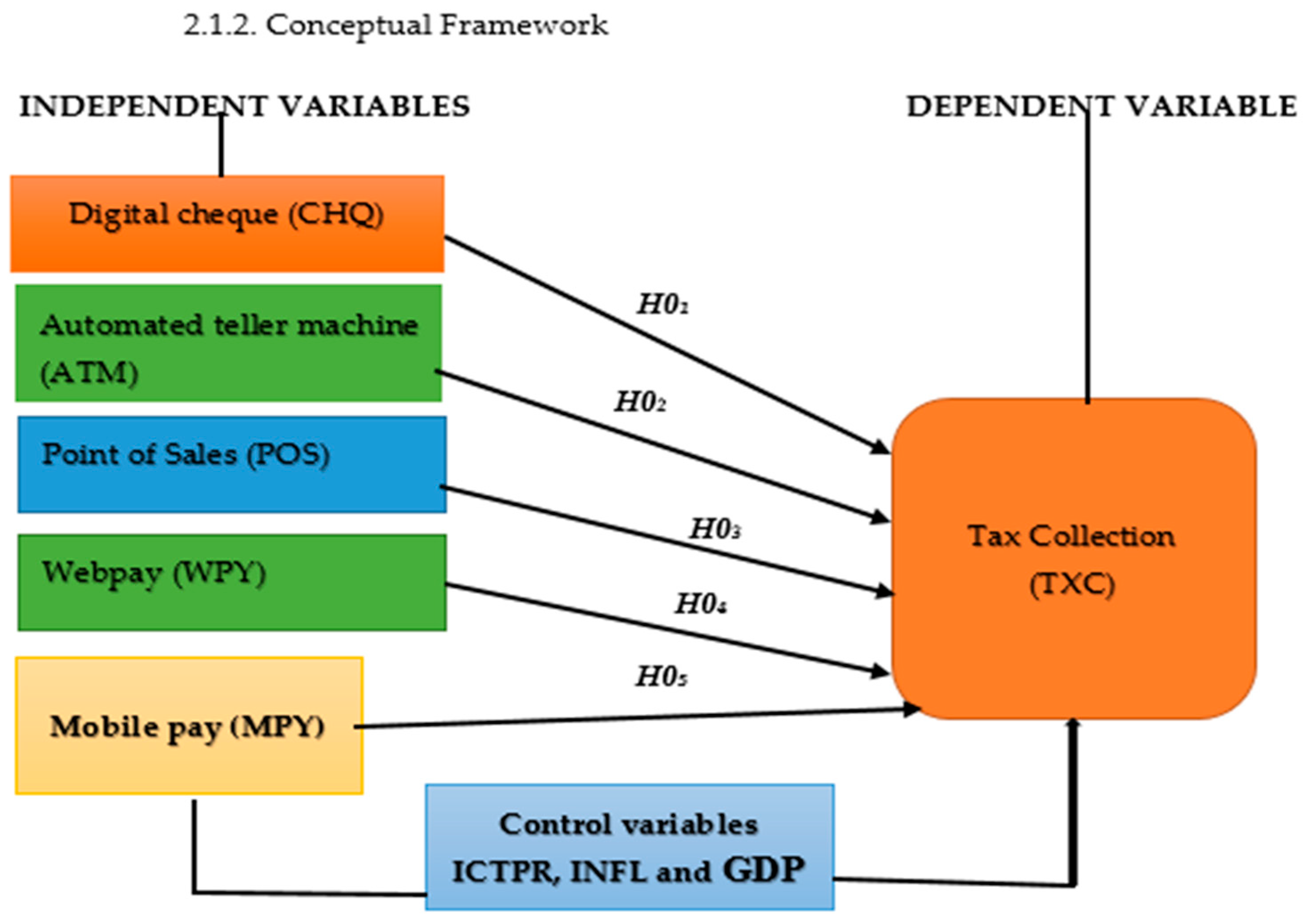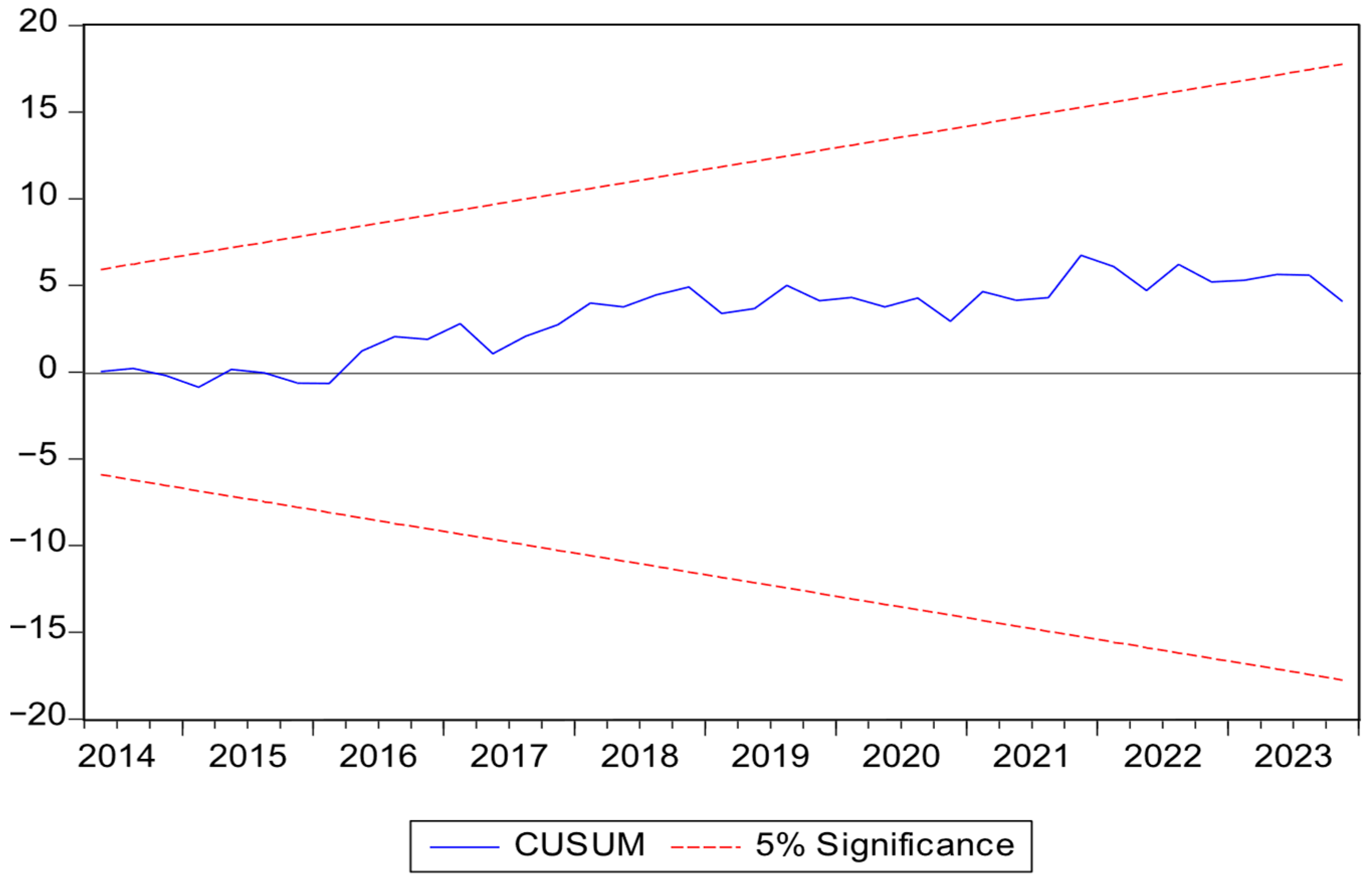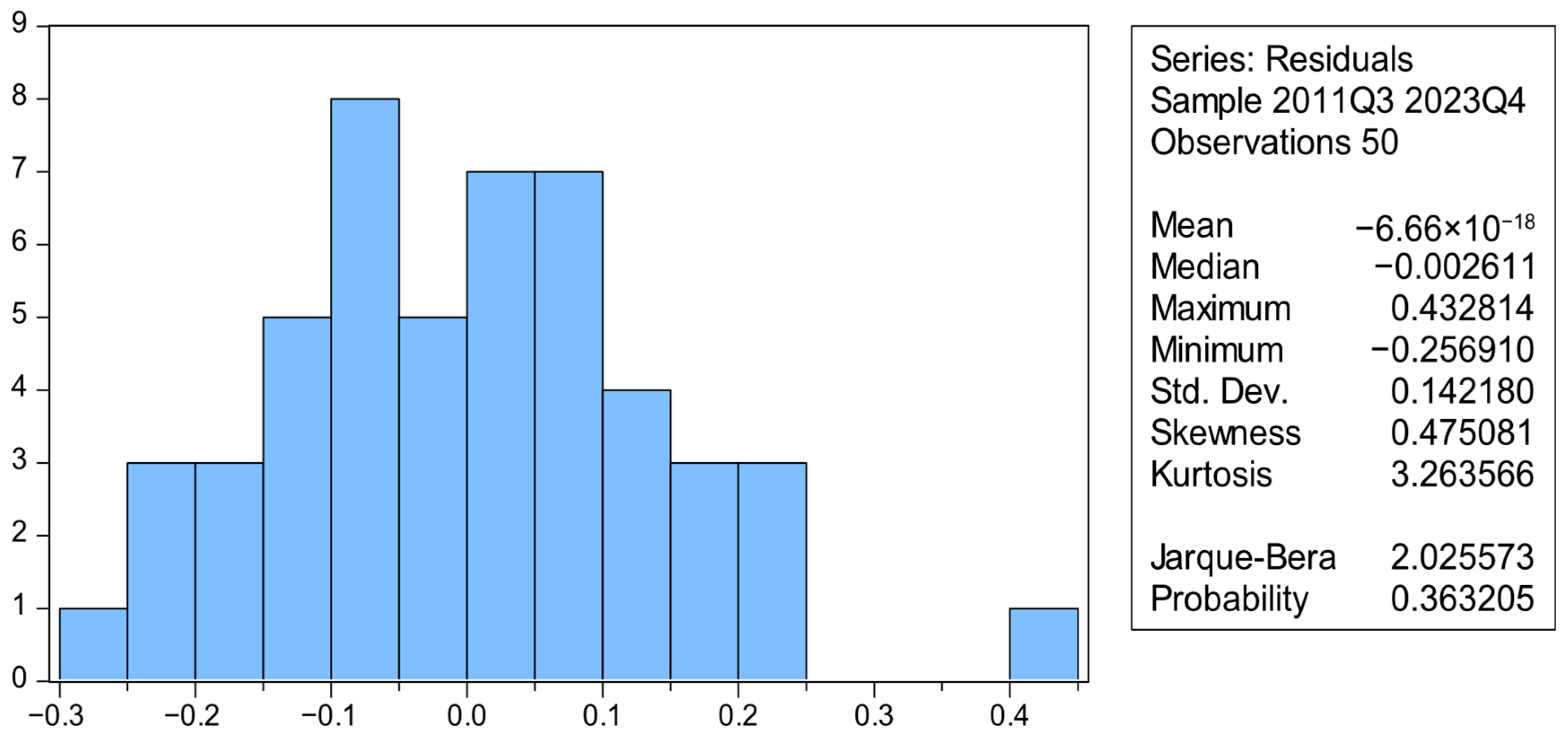The digital payment system statistics provided by CBN from 2009 to 2023 include digital cheques, ATM, POS, Web Pay, Mobile Pay. From 2012 to 2023, we have NEFT and NIP while from 2017 to 2023, the electronic payment systems include m-cash, e-bills pay, Remita, NAPS, and central pay.
2.1. Conceptual Definition and Framework Used in This Study
Financial inclusion pertains to the degree to which individuals and enterprises can access and utilize formal financial services, such as savings accounts, credit options, and digital payment platforms (
Ocharive & Iworiso, 2024;
Ren et al., 2025). As noted by
Chen et al. (
2024), inclusive finance decreases the percentage of regions that are financially left out, and promotes fiscal decentralization, which in turn results in a rise in government fiscal revenue and an increase in fiscal expenditures. From the viewpoint of practitioners, digital finance is defined as financial services that are delivered through mobile phones, personal computers, the internet, or cards linked to a reliable digital payment system (
Ozili, 2018b). According to
Gomber et al. (
2017), digital finance includes a variety of new financial products, financial enterprises, finance-related software, and novel methods of customer communication and interaction, provided by FinTech companies and innovative financial service providers.
Johri et al. (
2024) argue that the implementation of digital financial services leads to improved convenience, affordability, and accessibility to financial services, notably for low-income individuals and small and micro enterprises. Thus, digital payment mechanisms are electronic payment devices, available to people and entities, to conveniently make payments through mobile phones, internet devices, and computers without physical visits to banks or financial organizations. Tax revenue signifies the income that a government accrues through different types of taxation, which encompasses income tax, Value-Added Tax (VAT), corporate tax, among others. Enhanced financial inclusion may result in a greater proportion of economic activities being carried out within the official economy (
Ren et al., 2025).
The conceptual framework model depicts the variables and assumptions used in this work. H01–H05 in
Figure 1, represent the assumptions that the variables mentioned in the boxes affect tax collection either positively or negatively. They are the prior expectations before estimation and remain invariable, serving as the focus of this study for the purpose clarity and validation. In Nigeria, a Digital Cheque, often referred to as an e-cheque or electronic cheque, represents a digitally formatted alternative to the conventional paper cheque. It enables the electronic transfer of funds between bank accounts, replicating the functions of a physical cheque while eliminating the necessity for a tangible document. Basically, it serves as a secure and convenient method for making payments online or via other automated systems. Automated Teller Machine, abbreviated as ATM, is an electronic banking terminal that facilitates basic banking transactions for customers, such as withdrawing cash, depositing funds, and transferring money, without the need to visit a bank branch or interact with a bank teller. In Nigeria and several other countries, ATMs are widely used for easy access to cash and other banking services. POS, an acronym for Point-of-Sale, typically refers to the portable electronic devices (terminals) that merchants utilize to process payments made through debit cards. These devices are fundamental to agency banking, often called POS or mPOS services, where they support cash withdrawals, transfers, and bill payments.
WebPAY, known as Interswitch WebPAY, is a payment gateway that is integrated into websites to facilitate online transactions. It allows businesses to accept payments from customers through various card types (Visa, Mastercard, Verve, etc.). WebPAY securely transmits transaction details to the cardholder’s bank for authorization and guarantees that the merchant receives the funds. It is a widely chosen option for online businesses in Nigeria because of its security features and ease of integration. Mobile payment is described as an online form of making payment; it uses smartphones or other mobile devices to pay money on goods or services, thereby providing a quick and appropriate method of payment. Mobile pay also serves as an avenue on the digital market in Nigeria because of the low rates of bank penetration; high rates of mobile acceptance have led to a remarkable adoption of mobile money. The access is given to the user with a mobile phone via a digital account held by the mobile network operator.
NEFT is the acronym of the NIBSS Electronic Funds Transfer, a platform that the Nigeria Interbank Settlement System (NIBSS) has developed so that banks are able to carry out electronic money transfer. This is part of the electronic payment journey in Nigeria, and it has catered to various types of transaction, more recently bulk payments and other electronic fund transfers. NIP is also an acronym used to refer to NIBSS Instant Payment that offers real-time interbank funds transfer service. Through this service, money can be transferred in real time between different banks in Nigeria. It is enabled by the NIBSS and is a necessity with numerous electronic payment transactions in the nation.
m-Cash is a mobile payment system which allows users to conduct financial transactions in terms of goods and services using their mobile devices, a practice that is very common and does not allow the user to use internet connection or data connection frequently. It utilizes the Unstructured Supplementary Service Data (USSD) technology to conduct financial transactions between consumers and merchants, thereby opening it to a wide range of mobile users. m-Cash is normally utilized for low-value payments and is often provided by banks and financial organizations. The electronic bill payment platform, known as e-Bills Pay, is operated by NIBSS to simplify the payment of diverse bills, fees, levies, premiums, and subscriptions for individuals and businesses through various methods, including internet banking, bank branches, and USSD. Remita is a widely known electronic payment platform in Nigeria that enables smooth financial transactions for people, businesses, and governmental bodies. Remita was created by System Specs and has gained extensive acceptance across different sectors of the economy. Apart from becoming the default payment gateway for the Federal Government of Nigeria in the implementation of Treasury Single Account (TSA), it also represents an innovative approach to managing electronic payments, collections, employee payrolls, and schedules, integrating all commercial banks. It empowers individuals and organizations to execute complex and multifaceted financial operations while remaining user-friendly and straightforward.
NIBSS Automated Payment System (NAPS) is an automated payment system developed by NIBSS and specifically designed for the swift processing of bulk payments, including payroll, pensions, and direct debit transactions. NAPS is integral to NIBSS’s strategy to enhance digital payment solutions in Nigeria, which is frequently termed the National Payment Stack (NPS). Central Pay is commonly associated with the payment systems and processes formulated by NIBSS, enabling online payment capabilities for businesses. It allows companies to receive online payments from customers through a variety of methods, such as debit cards, internet banking, and USSD. In essence, it serves as the online equivalent of a Point-of-Sale (POS) terminal for e-commerce enterprises.
2.2. Notional Underpinnings
From a theoretical perspective, several researchers (
Carrillo et al., 2017) have accepted the concept that digital payment systems boost tax revenues through the promotion of financial inclusion, economic activities, and the strengthening of tax enforcement and compliance. As stated by
Kahveci and Gurgur (
2025), the implementation of digital payment systems aids in economic growth by increasing transparency, curtailing the informal sector and corruption, and ensuring more effective tax compliance and revenue collection.
Kumar (
2024) maintains that financial inclusion is instrumental in augmenting taxable economic activities, which not only generates wealth but also boosts consumption and investment activities within the economy, thereby increasing both taxable activities and tax revenues. In addition, financial inclusion formalizes economic activities and reduces the prevalence of the shadow economy.
Moyo (
2022) and
Mpofu (
2021) contend that the tax revenue generated from the shadow economic sector is quite minimal, and a significant number of potential taxpayers within the informal economy are not being taxed.
Munjeyi and Fourie (
2024) believe that the digitalization of payment systems can help in the collection of tax revenue from the informal sector. The combination of financial inclusion, digitalization, and formalization aids in tax monitoring and collection, resulting in a rise in tax revenue (
Kumar, 2024). Moreover, the processing of digital transactions is conducted by financial institutions, which are obligated to relay this information to tax authorities. Tax authorities use this data to verify the consistency between reported sales and the actual sales of firms.
According to
Madzharova (
2014), the realization that third parties document these transactions helps to prevent tax evasion. In Nigeria, the issue of tax evasion is widespread, largely due to the substantial number of informal enterprises in operation. At the same time, the utilization of digital payment systems empowers tax authorities, through banking channels, to collect taxes, particularly Value-Added Tax (VAT), with minimal difficulty (
He, 2024). This suggests that, in spite of informal economic activities, tax evasion is diminishing, as the government’s VAT collection, with the assistance of banks, remains remarkably effective via Point-of-Sale (POS) devices, mobile transactions, and web-based transfers. The wider acceptance of digitalization promotes financial inclusion, particularly integrating the marginalized groups of society into the formal workings of the economy (
Klapper & Singer, 2014).
